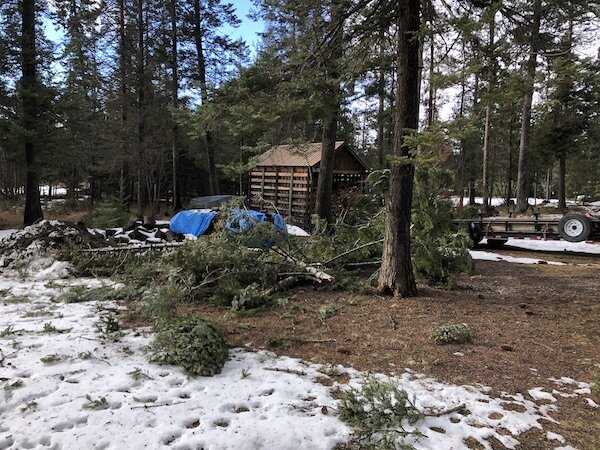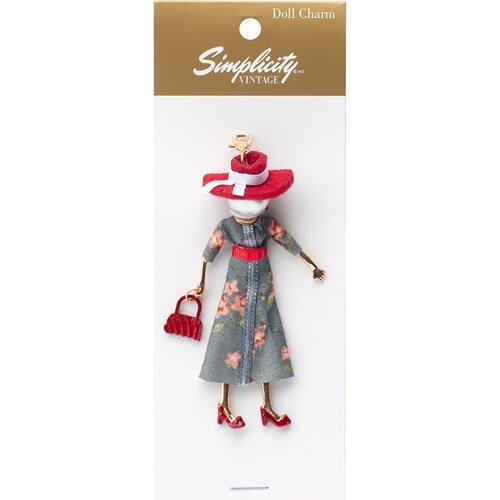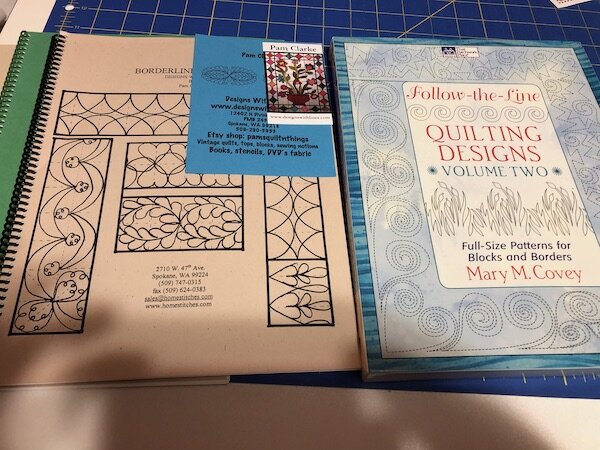Tiny Little Squares
I do not, as a rule, make little quilt blocks. If that is your jam, you have my undying admiration.
However, because I was dying of curiosity, I made a 6” Broken Wheel Block. (This website has cutting instructions for this block in seven sizes from 5” to 15”.)
My goodness, that’s tiny. I should have put a quarter down for comparison. To give you an idea of what’s involved, the square in a square blocks are made by sewing 1-1/2” squares of fabric into the corners of 2-1/2” squares. I pulled the smallest scraps out of my scrap bag to make this block. It felt good to use them up, but I don’t know that I could make an entire quilt of 6” blocks.
I am doing something with the bigger Broken Wheel blocks, but that one is going to stay under wraps for a bit longer. That new design has gone quickly—in part, I think, because I had a ready-cut supply of 5” and 2-1/2” squares in my scrap bins. And what I haven’t had at hand, I’ve been able to cut quickly with the Studio cutter. The design also lends itself well to chain piecing, which also speeds up the process.
I truly do love scrap quilts. Every block is magical because it is unique. And I love how all the different elements come together to paint an overall picture. I see something new every time I look at it.
One of the best pieces of advice I got as a new quilter came from a woman who worked at the quilt store north of town. She said that if I liked it—the design, the fabric, the quilt itself—that was enough. Funny how we sometimes seek permission to rely on what we already know. Bonnie Hunter mentioned this the other day in a blog post. She said that long ago, someone told her that she should only use small amounts of yellow in a quilt. Bonnie realized later that the admonition came from someone who probably didn’t like the color. Bonnie now uses it with abandon.
I am going to make the kinds of quilts I like. No doubt they will contain a lot of “scraps.”
***************************************************
I brought a basted quilt top down to my office and put it on the table next to the Q20. I thought I might work on it here and there this week when I get tired of writing patterns.
This is a top I finished just about a year ago, after my MIL went into hospice and the family had gathered in Maryland. A few weeks ago, I added a narrow white inner border and a wider, outer navy blue border, then basted it with batting and backing. I think it will be a good quilt to practice more rulerwork on. When it’s finished, this one likely will get donated to a relief sale.


















































